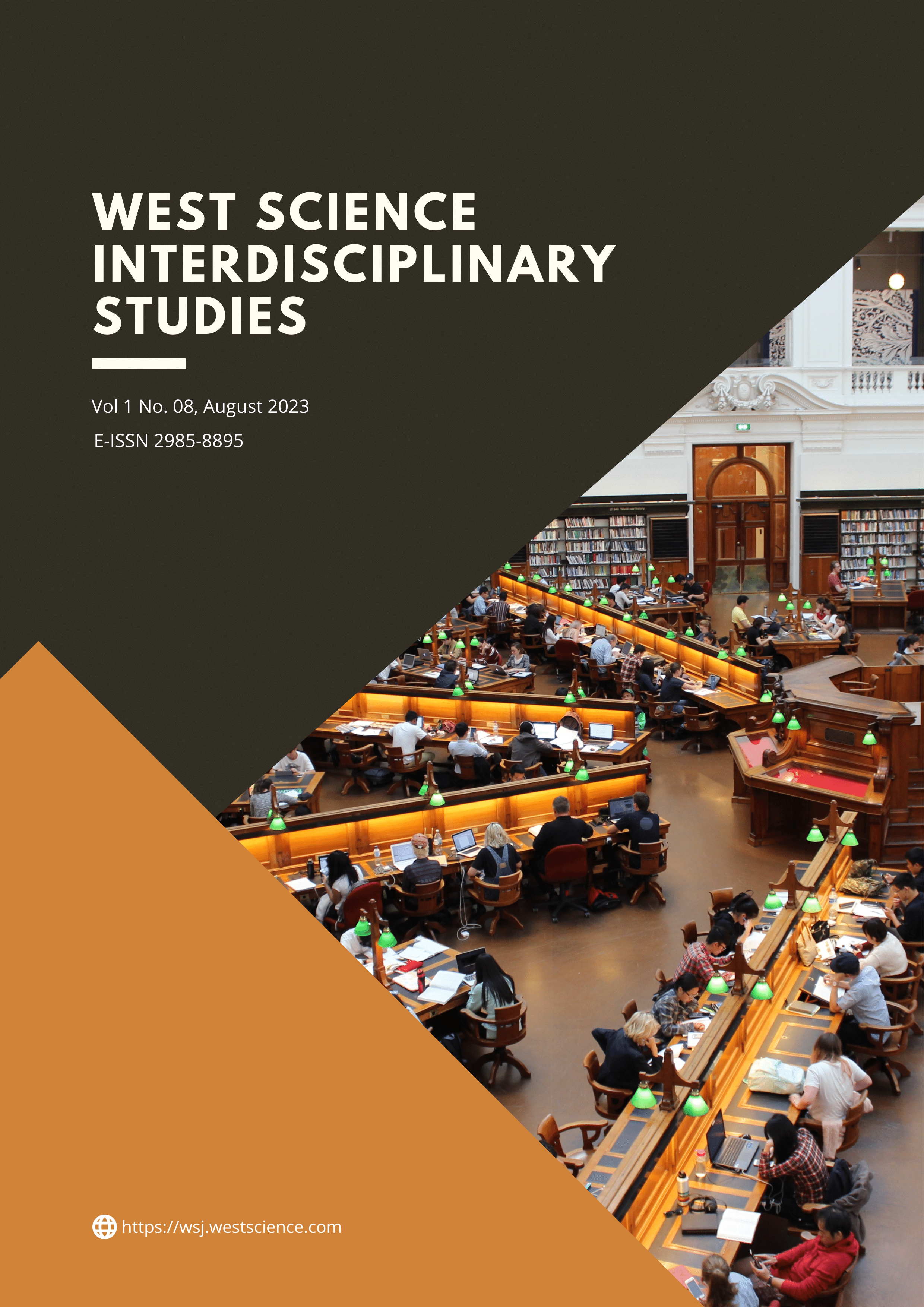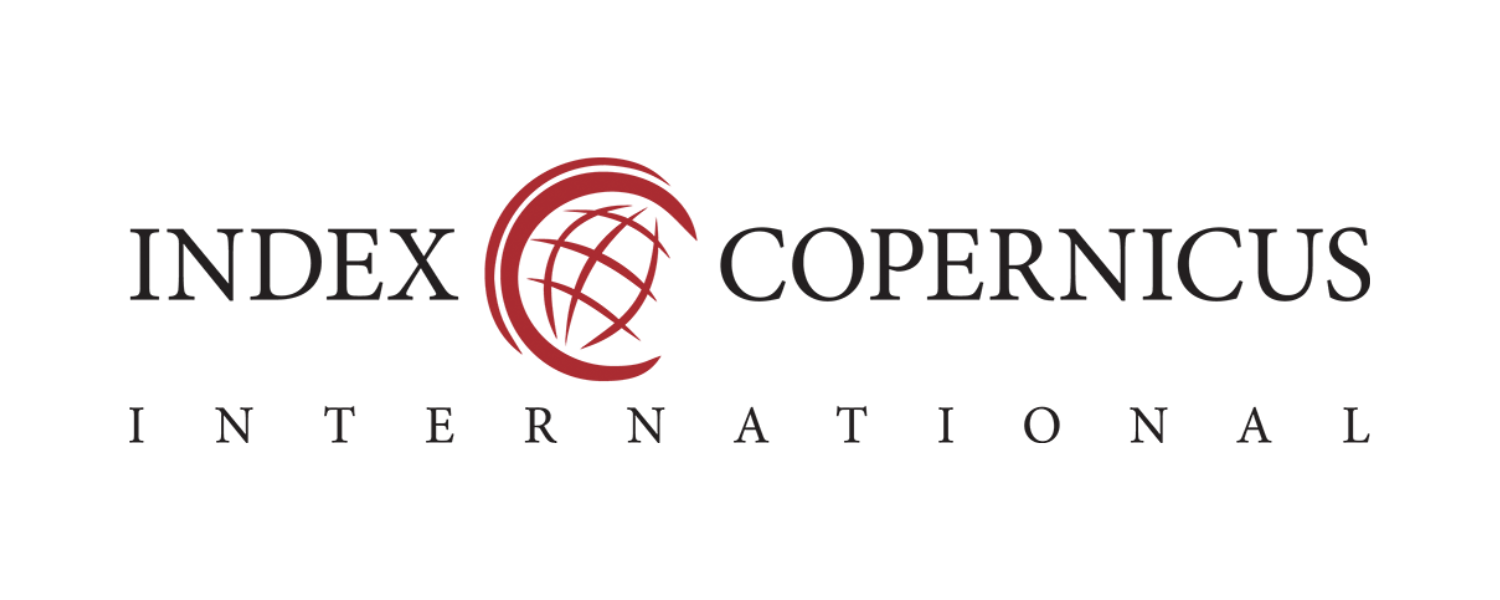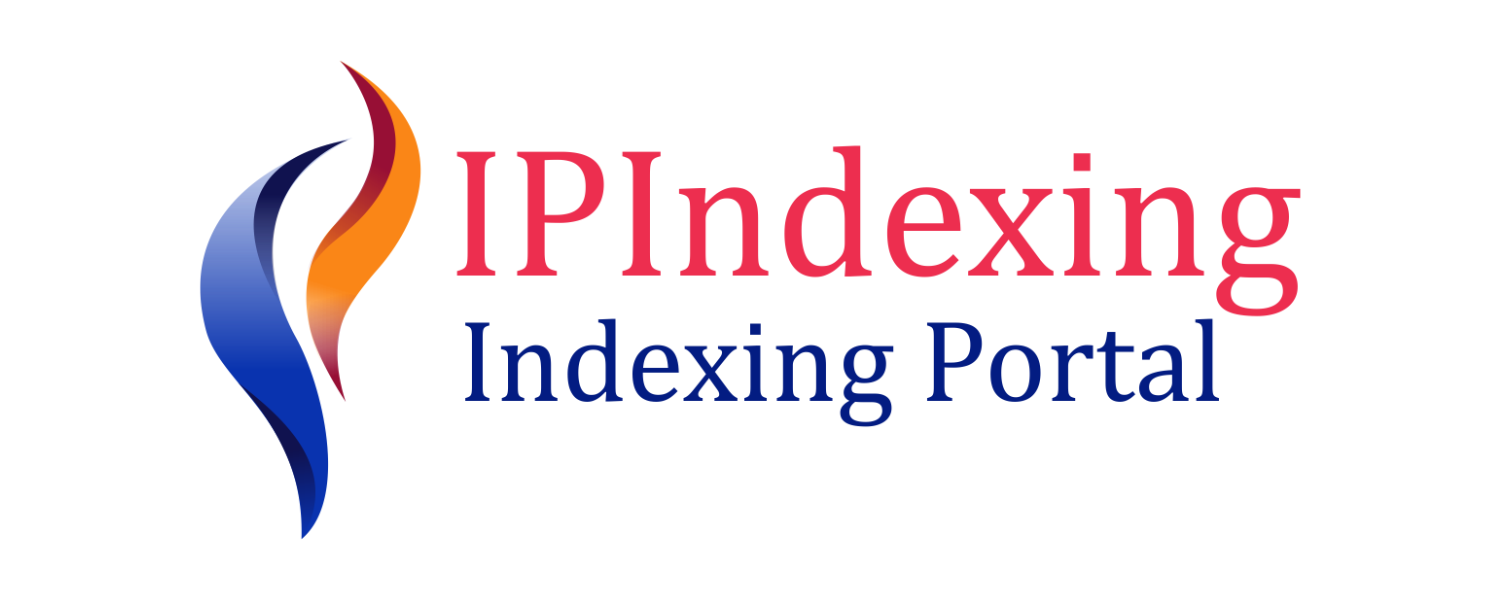The Impact of E-Government on Governance in the Case of ASIA Countries in 2020
DOI:
https://doi.org/10.58812/wsis.v1i08.153Keywords:
Asia Countries, E-Government Development Index (EGDI), World Govenance Index (WGI)Abstract
This study aims the impact of each governance indicator in 30 Asian countries through an analysis of the 2020 Worldwide Governance Indicators (WGI) and E-Government Development Index (EGDI). This study uses quantitative methods. Visual analysis of coded data using Google Data Studio with table functionality and SmartPLS version 3.0 software. samples from 30 Asian countries. The results are as follows: First, the effect of his EGDI on WGI, only one of each correlation metric had an invalid value that is voice and accountability with a value of 0.386, suggesting a potential impact on freedom of expression. Association and social media in 30 Asian countries are still low, with an original sample value (O) of 0.824, the sample mean (M) of 0.832, STDEV of 0.043, a t-statistic of 19.318, and P-value of 0.000. Second, according to the data processing results of Google Data Studio, each indicator such as COC, GE, PSA, RL, RQ, VA has a positive value, and among the 30 Asian countries affecting each indicator, Singapore scores very high. Then Pakistan, achieved an average score out of 30 Asian countries. Although this is a negative number, COC, GE, PSA, RL, RQ, and VA indicators still need improvement.
References
B. O’Hare and S. G. Hall, “The Impact of Government Revenue on the Achievement of the Sustainable Development Goals and the Amplification Potential of Good Governance,” Cent. Eur. J. Econ. Model. Econom., vol. 2022, no. 2, pp. 109–129, 2022.
N. D. Mutiarani and D. Siswantoro, “The impact of local government characteristics on the accomplishment of Sustainable Development Goals (SDGs),” Cogent Bus. Manag., vol. 7, no. 1, 2020, doi: 10.1080/23311975.2020.1847751.
Svitlana, Viktoriia, Oksana, Oleksandra, and Valentyna, “Interaction of Government Bodies and Civil Society Institutions for Achieving Public Policy Goals,” Int. J. Econ. Bus. Adm., vol. VIII, no. Special Issue 1, pp. 114–126, 2020, doi: 10.35808/ijeba/530.
M. H. Othman, R. Razali, and M. F. Nasrudin, “Key Factors for E-Government towards Sustainable Development Goals Scaling and Selecting Agile methods View project Key Factors for E-Government towards Sustainable Development Goals,” Int. J. Adv. Sci. Technol., vol. 29, no. 6s, pp. 2864–2876, 2020.
C. Jindra and A. Vaz, “Good governance and multidimensional poverty: A comparative analysis of 71 countries,” Governance, vol. 32, no. 4, pp. 657–675, 2019, doi: 10.1111/gove.12394.
O. Ramzy, R. El Bedawy, M. Anwar, and O. H. Eldahan, “Sustainable Development & Good Governance,” Eur. J. Sustain. Dev., vol. 8, no. 2, p. 125, 2019, doi: 10.14207/ejsd.2019.v8n2p125.
F. Braimah and A. Ohwona, “The ‘Locals’ and Local Government Bureaucracy: Implication on the Attainment of Developmental Goals in Nigeria,” Interdiscip. J. Rural Community Stud., vol. 3, no. 1, pp. 41–52, 2021, doi: 10.51986/ijrcs-2021.vol3.01.05.
A. Marwan, D. O. C. Garduno, and F. Bonfigli, “Detection of Digital Law Issues and Implication for Good Governance Policy in Indonesia,” Bestuur, vol. 10, no. 1, pp. 22–32, 2022, doi: 10.20961/bestuur.v10i1.59143.
E. Herbert and O. O. Odeniyi, “Impact of World Bank-Assisted Projects on Poverty Alleviation,” Consilience, no. 25, 2022, doi: 10.52214/consilience.vi25.6748.
D. Desmira, D. Aribowo, and R. Ekawati, “Pemanfaatan Teknologi Sebagai Edukasi Dan Inovasi Pengembangan Masyarakat Di Masa Pandemi Covid-19,” Abditeknika J. Pengabdi. Masy., vol. 1, no. 1, pp. 21–27, 2021, doi: 10.31294/abditeknika.v1i1.188.
Zaitul, D. Ilona, N. Novianti, and F. A. Widiningsih, “Difusi inovasi sistim informasi dan kinerja proses internal pemerintahan desa destinasi wisata: kebermanfaatan teknologi sebagai variabel moderasi,” Proseding Semin. Nas. LICOVBITECH di Politek. LP3I Jakarta, Sabtu 17 Sept. 2022, no. 1, p. 2022, 2022.
M. Bougherra, A. K. Shaikh, C. Yenigun, and H. Hassan-Yari, “E-government performance in democracies versus autocracies,” Int. J. Organ. Anal., no. September, 2022, doi: 10.1108/IJOA-01-2022-3124.
B. Ahmedi and R. Mustafa, “Comparison of Growth of the E-Government Index in the Balkan Region,” Knowl. Int. J., no. December, 2020.
M. A. Alqudah and L. Muradkhanli, “E-government in Jordan and Studying the Extent of the E-government Development Index According to the United Nations Report,” Int. J. Multidiscip. Appl. Bus. Educ. Res., vol. 2, no. 4, pp. 310–320, 2021, doi: 10.11594/ijmaber.02.04.04.
S. Lazăr, B. G. Zugravu, and A. Dornean, “Taxes for the people or for the government? A global governance perspective,” Sci. Ann. Econ. Bus., vol. 67, no. 3, pp. 389–407, 2020, doi: 10.47743/saeb-2020-0020.
A. Absadykov, “Does Good Governance Matter? Kazakhstan’s Economic Growth and Worldwide Governance Indicators,” Otoritas J. Ilmu Pemerintah., vol. 10, no. 1, pp. 1–13, 2020, doi: 10.26618/ojip.v10i1.2776.
W. Widjanarko, “Analisis Hubungan Good Governance Dan Pertumbuhan Ekonomi Indonesia 2013-2019,” J. Good Gov., vol. 17, no. 2, pp. 155–168, 2021, doi: 10.32834/gg.v17i2.340.
S. A. Chandio, A. R. Chandio, and S. Arain, “Trust in E-Governemnt services in Pakistan : A conceptual study Trust In E-Government Services in Pakistan : A Conceptual Study,” no. March, pp. 1–6, 2021.
J. Gonzalo, R. Ruiz, J. Antonio, and A. Zarate, “Electronic government and digital literacy : temporal comparison in the use of Electronic government and digital literacy : temporal comparison in the use of technology in Mexico,” Researchgate.Net, no. July, 2021.
I. M. Kharkheli, “the Impact of the Pandemic on Human Capital. Human Capital Index,” Glob. Bus., no. May, pp. 61–64, 2022, doi: 10.35945/gb.2022.13.009.
S. Giri and R. Giri, “E-Readiness for E-Learning: A Nepal Case,” Int. J. Comput. Sci. Mob. Comput., vol. 11, no. 1, pp. 173–181, 2022, doi: 10.47760/ijcsmc.2022.v11i01.023.
J. Chen, J. Huang, L. Zheng, and C. Zhang, “An empirical analysis of telecommunication infrastructure promoting the scale of international service trade: Based on the panel data of countries along the belt and road,” Transform. Bus. Econ., vol. 18, no. 2, pp. 124–139, 2019.
N. M. Salleh, I. Bujang, C. Andin, and M. N. A. Mazlan, “The Impact of Human Capital Index on Economic Growth in Malaysia,” vol. 3, no. September, p. 71, 2022, doi: 10.3390/proceedings2022082071.
I. Gallego-álvarez, M. Rodríguez-Rosa, and P. Vicente-Galindo, “Are worldwide governance indicators stable or do they change over time? A comparative study using multivariate analysis,” Mathematics, vol. 9, no. 24, 2021, doi: 10.3390/math9243257.
N. Maimun et al., “An Empirical Study of Worldwide Governance Indicators as Determinants of Debt Maturity Structure for Public and Private Debt Securities in Malaysia and Singapore,” Linguist. Antverp., no. 2, pp. 2598–2630, 2021.
R. Ullan Awan, T. Akhtar, S. Rahim, S. And, and A. R. Cheema, “Governance, Corruption and Economic Growth: a Panel Data Analysis of Selected Saarc Countries,” Pak. Econ. Soc. Rev., vol. 56, no. 1, pp. 1–20, 2018.
Z. Hatami, S. Yi, and M. Hall, “Well-being and relative deprivation in a digital era,” Heliyon, vol. 8, no. 10, 2022, doi: 10.1016/j.heliyon.2022.e11233.
R. Sadaf, J. Oláh, J. Popp, and D. Máté, “An investigation of the influence of theworldwide governance and competitiveness on accounting fraud cases: A cross-country perspective,” Sustain., vol. 10, no. 3, pp. 1–11, 2018, doi: 10.3390/su10030588.
D. Iskandar, R. M. Hendarto, and A. Reza, “Good Governance and Natural Resource Curse; Which Hypothesis Is Prevailing in Asean Economies?,” J. Ekon. dan Pembang., vol. 28, no. 1, pp. 45–54, 2020, doi: 10.14203/jep.28.1.2020.45-54.
E. S. Kim and E. Kim, “A Comparison of Asian Law Journals Published in Asian and Western Countries,” Publications, vol. 10, no. 3, pp. 1–13, 2022, doi: 10.3390/publications10030023.
K. P. Modugu and J. Dempere, “Country-level governance quality and stock market performance of GCC countries,” J. Asian Financ. Econ. Bus., vol. 7, no. 8, pp. 185–195, 2020, doi: 10.13106/JAFEB.2020.VOL7.NO8.185.
M. S. Hassan, S. Bukhari, and N. Arshed, “Competitiveness, governance and globalization: What matters for poverty alleviation?,” Environ. Dev. Sustain., vol. 22, no. 4, pp. 3491–3518, 2020, doi: 10.1007/s10668-019-00355-y.
R. Marliana and L. Nurhayati, “Relationship Modeling between Digital Literacy, The Use of e-Resources and Reading Culture of Students at STMIK Sumedang using PLS-SEM,” 2020, doi: 10.4108/eai.11-7-2019.2298021.
A. Amirudin, “Pengaruh Disiplin Kerja, Motivasi Kerja Terhadap Lingkungan Kerja Dan Kinerja Karyawan Pt. Samsonite Indonesia,” Res. J. Account. Bus. Manag., vol. 5, no. 1, p. 39, 2021, doi: 10.31293/rjabm.v5i1.5043.
J. H. Cheah, R. Thurasamy, M. A. Memon, F. Chuah, and H. Ting, “Multigroup analysis using smartpls: Step-by-step guidelines for business research,” Asian J. Bus. Res., vol. 10, no. 3, pp. I–XIX, 2020, doi: 10.14707/ajbr.200087.
B. Utomo, “Analisis Validitas Isi Butir Soal sebagai Salah Satu Upaya Peningkatan Kualitas Pembelajaran di Madrasah Berbasis Nilai-Nilai Islam,” J. Pendidik. Mat., vol. 1, no. 2, 2019, doi: 10.21043/jpm.v1i2.4883.
Downloads
Published
Issue
Section
License
Copyright (c) 2023 Diana Michel

This work is licensed under a Creative Commons Attribution-ShareAlike 4.0 International License.





















 Instagram
Instagram 